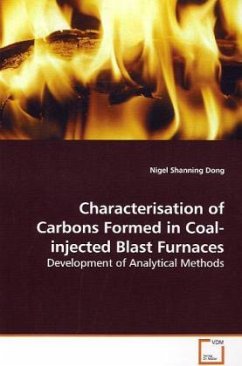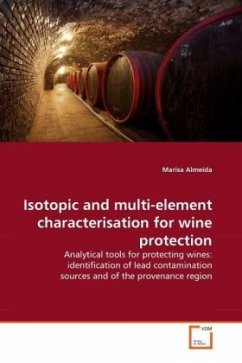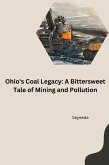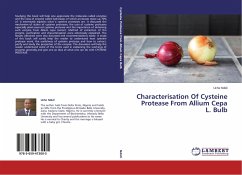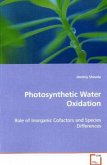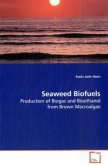Blast furnace is the dominant route for iron-making
worldwide. Coal injection into blast furnaces to
substitute for some of the metallurgical coke becomes
widely practiced because of the increasing price of
metallurgical coke and need to reduce the
environmental impact of the coke-making process.
However, coal injection at rates higher than 200 kg
coal/tonne of hot metal, which are still less than
the theoretical limit, has been often found to cause
furnace operational problems. Whilst many research
efforts have already been made , the fate of
injectant coal in the furnace is still not fully
understood. The extent of coal consumption cannot be
regularly measured either at present. This book
introduces our research work to gain a better
understanding of coal consumption in blast furnaces
and to develop analytical methods for faster
estimation of the consumption extent. In particular,
a quantitative method based on Raman spectroscopy has
been developed to differentiate between a wide range
of carbons. This book is useful to blast furnace
operators, researchers who are interested in heavy
carbonaceous materials, and anyone else in the field
of coal science and technology.
worldwide. Coal injection into blast furnaces to
substitute for some of the metallurgical coke becomes
widely practiced because of the increasing price of
metallurgical coke and need to reduce the
environmental impact of the coke-making process.
However, coal injection at rates higher than 200 kg
coal/tonne of hot metal, which are still less than
the theoretical limit, has been often found to cause
furnace operational problems. Whilst many research
efforts have already been made , the fate of
injectant coal in the furnace is still not fully
understood. The extent of coal consumption cannot be
regularly measured either at present. This book
introduces our research work to gain a better
understanding of coal consumption in blast furnaces
and to develop analytical methods for faster
estimation of the consumption extent. In particular,
a quantitative method based on Raman spectroscopy has
been developed to differentiate between a wide range
of carbons. This book is useful to blast furnace
operators, researchers who are interested in heavy
carbonaceous materials, and anyone else in the field
of coal science and technology.

